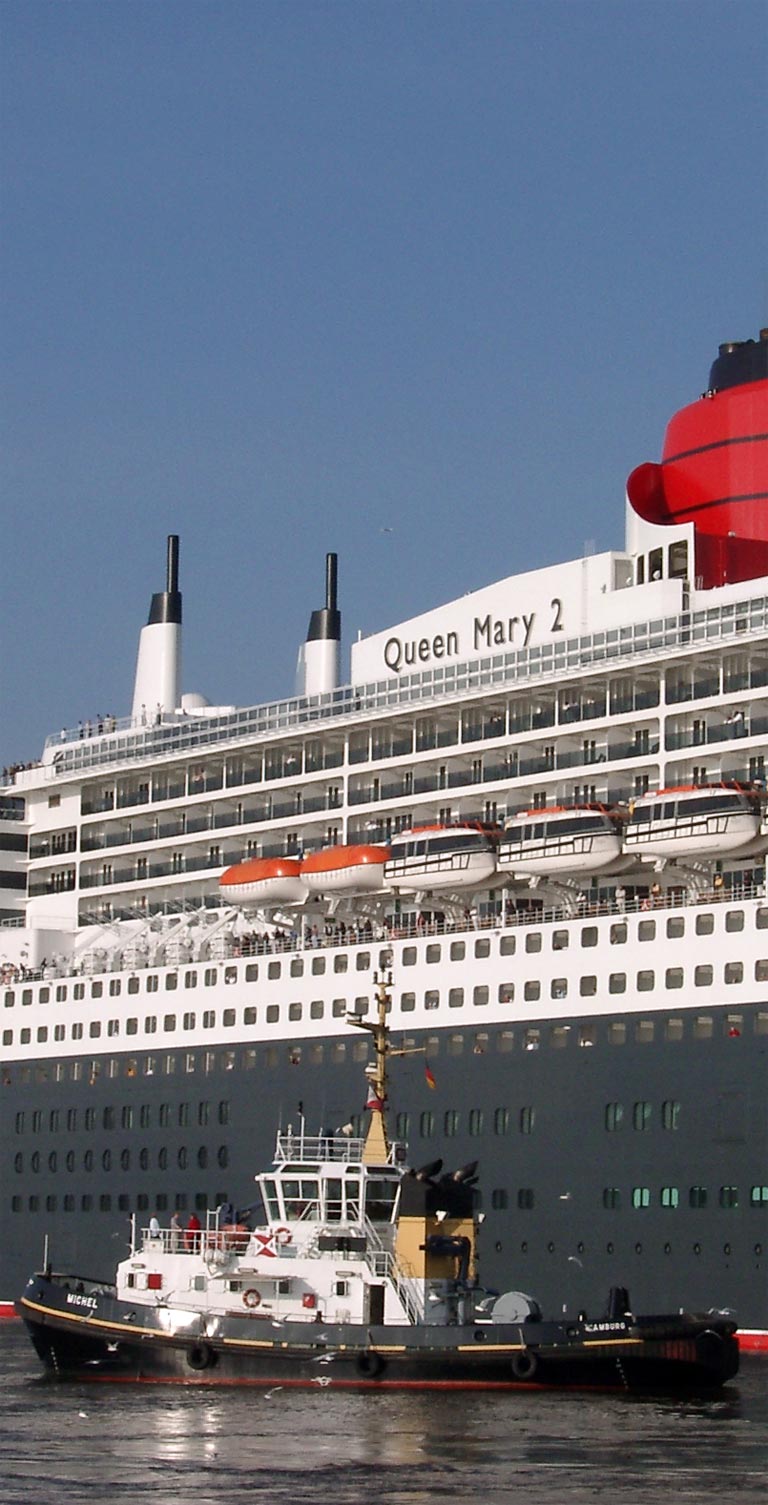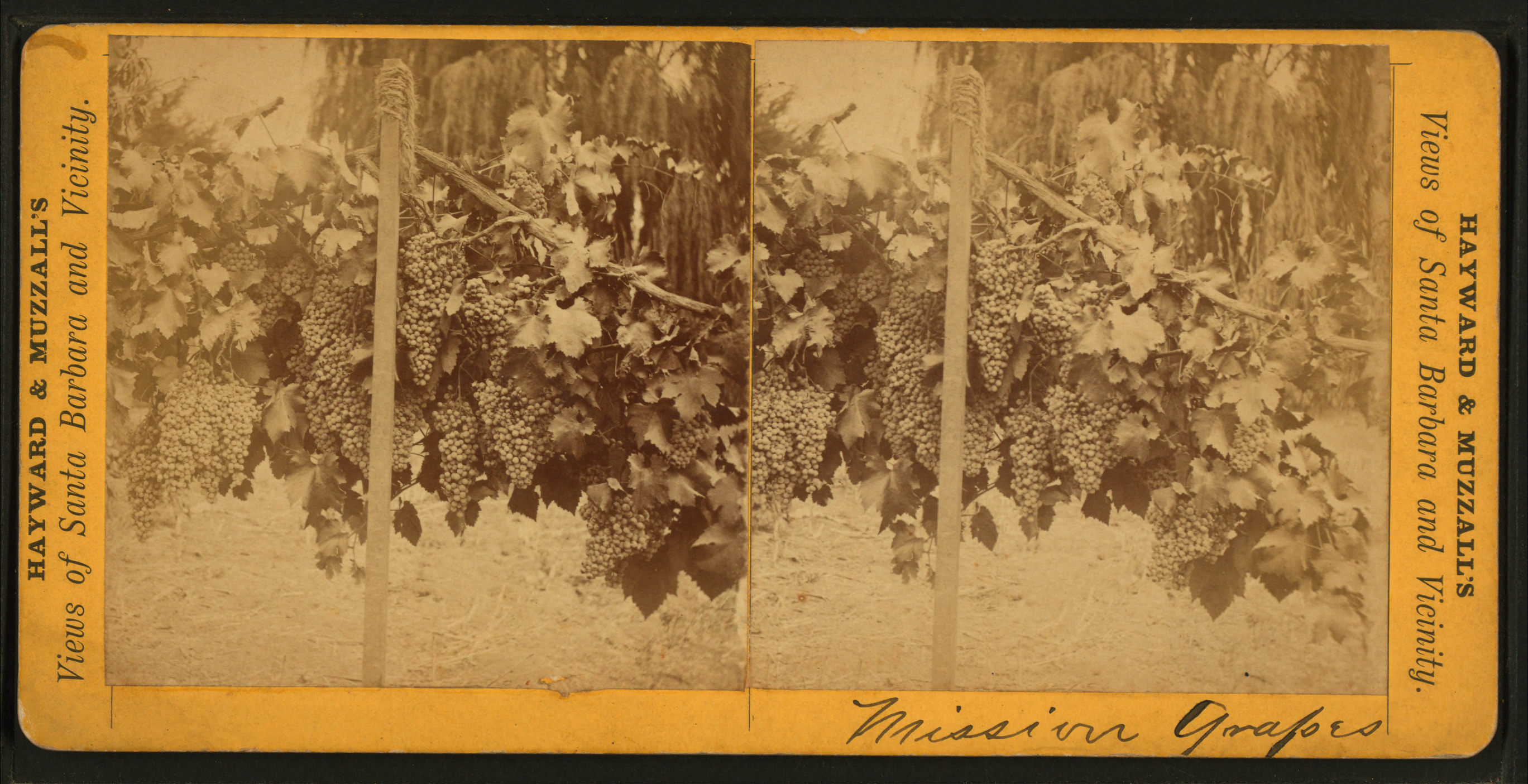|
Barbanza E Iria
Barbanza e Iria is a Spanish geographical indication for Vino de la Tierra wines located in the autonomous region of Galicia. ''Vino de la Tierra'' is one step below the mainstream Denominación de Origen indication on the Spanish wine quality ladder. The area covered by this geographical indication comprises the municipalities of Catoira, Valga, Pontecesures, Padrón, Dodro, Rianxo, Boiro, A Pobra do Caramiñal, Ribeira and some parts of Porto do Son and Lousame, located in the provinces of A Coruña and Pontevedra, in Galicia, Spain. It acquired its Vino de la Tierra status in 2007. Ministerio de Agricultura, Pesca y Alimentación. In Spanish Grape varieties Red: Mencía, Caiño tinto, Brancellao, Espadeiro, Loureira Tinta and Sousón White: Albariño, Godello, Palomino, Caíño blanco, Loureira, Treixadura and Torrontés Torrontés is a white grape variety, mostly produced and known in Argentine wine, producing fresh, aromatic wines with moderate acidity, sm ... [...More Info...] [...Related Items...] OR: [Wikipedia] [Google] [Baidu] |
Province Of A Coruña
The province of A Coruña (; es, La Coruña ; historical en, link=no, Corunna) is the northwesternmost province of Spain, and one of the four provinces which constitute the autonomous community of Galicia. This province is surrounded by the Atlantic Ocean to the west and north, Pontevedra Province to the south and Lugo Province to the east. History The history of this province starts at the end of the Middle Ages during the reign of the Catholic Monarchs of Spain. During those years this province was far smaller than today. This is because in the 1833 territorial division of Spain the entire Province of Betanzos together with half of the Mondoñedo were amalgamated into one single province with its capital city in A Coruña. Since 1833, the province has always been the one with the largest population and largest coast. Until the second half of the 20th century, this province was both the religious and cultural centre of the entire region. The University of Santiago de ... [...More Info...] [...Related Items...] OR: [Wikipedia] [Google] [Baidu] |
Mencía (grape)
Mencía, known as Jaen in Portugal, is a grape variety native to the western part of the Iberian Peninsula. In Spain, it is planted on over , with another in neighboring Portugal. It is primarily found in the Bierzo, Ribeira Sacra, Valdeorras, Monterrei and Dão wine regions. Most wines produced from Mencía have traditionally been light, pale, relatively fragrant red wines for early consumption. This style of wine was the result of post-Phylloxera plantations on fertile plains, which tended to give high yields but diluted wine. In recent years, much more concentrated and complex wines have been produced by a new generation of winemakers, primarily from old vines growing on hillsides, often on schist soils, in combination with careful vineyard management. This has led to a renewed interest in Mencía and the denominaciones de origens using it, such as Bierzo, Valdeorras, Ribeira Sacra, Monterrei and the little-known Liébana. Since the 1990s, the grape is increasing in po ... [...More Info...] [...Related Items...] OR: [Wikipedia] [Google] [Baidu] |
Spanish Wine
Spanish wine () includes red, white, and sparkling wines produced throughout the country. Located on the Iberian Peninsula, Spain has over 1.2 million hectares (2.9 million acres) planted in wine grapes, making it the most widely planted wine-producing nation,K. MacNeil ''The Wine Bible'' pg 410-422 Workman Publishing 2001 but the second largest producer of wine in the world, behind Italy and ahead of France and the United States. This is due, in part, to the very low yields and wide spacing of the old vines planted on the dry soils found in some of the Spanish wine regions. The country is ninth in worldwide consumption with Spaniards drinking, on average, 21.6 litres (5.7 US gal) per person a year. The country has an abundance of native grape varieties, with over 400 varieties planted throughout Spain, though 88 percent of the country's wine production is from only 20 grapes — including the reds Tempranillo, Bobal, Garnacha, and Monastrell; the whites Alba ... [...More Info...] [...Related Items...] OR: [Wikipedia] [Google] [Baidu] |
Torrontés
Torrontés is a white grape variety, mostly produced and known in Argentine wine, producing fresh, aromatic wines with moderate acidity, smooth texture and mouthfeel as well as distinctive peach and apricot aromas on the nose.Robinson, Jancis ''Vines, Grapes & Wines'' pg 47, 246 Mitchell Beazley 1986 Three Torrontés varieties exist in Argentina: Torrontés Riojano, the most common, Torrontés Sanjuanino, and Torrontés Mendocino. It is primarily Torrontés Riojano that has received attention for the quality of its wines, and is the variety used for most Argentine wines simply labeled Torrontés.J. Robinson ''Jancis Robinson's Guide to Wine Grapes'' pg 187-188 Oxford University Press 1996 The three grapes are relatively similar but do have some noticeable differences. Torrontés Riojano and Torrontés Sanjuanino both tend to have large loose bunches of pale grapes while Torrontés Mendocino, however, has smaller, tighter bunches of darker yellow grapes. Torrontés Riojano is the ... [...More Info...] [...Related Items...] OR: [Wikipedia] [Google] [Baidu] |
Treixadura
Treixadura or Trajadura is white Portuguese wine grape variety grown primarily in the Vinho Verde wine region of northeast Portugal and the Galician wine regions of Ribeiro and Rías Baixas in Spain where the variety is known as ''Treixadura''. The grape is primarily a blending variety that adds body and light lemony aromatics to wines. It is most commonly blended with Loureiro and Alvarinho in Rías Baixas while in Ribeiro it is often blended with Torrontés and Lado.J. Robinson ''Jancis Robinson's Guide to Wine Grapes'' p. 189 Oxford University Press 1996 Oz Clarke ''Encyclopedia of Grapes'' p. 270 Harcourt Books 2001 Wine regions In Portugal, Treixadura is primarily found in the Minho wines of Vinho Verde which includes 58,000 hectares (143,300 acres) of DOC plantings near the Spanish border and another 12,000 ha (29,650) outside the DOC boundaries. While Alvarinho is the most widely planted white grape in this region, Treixadura is grown and blended with Alvarinho as ... [...More Info...] [...Related Items...] OR: [Wikipedia] [Google] [Baidu] |
Loureira , footnotes=
Freguesias of Vila Verde ...
Loureira is a Portuguese parish, located in the municipality of Vila Verde. The population in 2021 was 1106 in an area of 1.87 km². {{Infobox Portuguese subdivision, official_name=Loureira, image_shield=, coordinates={{coord, 41.630, -8.427, type:adm1st_region:PT_dim:50000, display=inline,title, region=Norte, district=Braga, area_total=1,87, population_total=1106, population_as_of=2021, website=, type=parish, municipality=Vila Verde Vila Verde () is a municipality in the district of Braga in Portugal. The population in 2021 was 46,446, [...More Info...] [...Related Items...] OR: [Wikipedia] [Google] [Baidu] |
Caíño Blanco
Caíño blanco or Cainho branco is a white Spanish and Portuguese wine grape variety that is grown in northwest Spain and northern Portugal in a stretch of area between Vinho Verde and the '' Denominación de Origen'' (DO) of Rías Baixas. The grape is often confused for Albariño and in Vinho Verde it is sometimes known under the name ''Alvarinhão'' (a synonym shared with another Portuguese grape, Fernão Pires). While DNA profiling conducted in the early 21st century has shown that the two grapes are distinct varieties, the evidence has suggested that Caíño blanco maybe an offspring of Albariño from a natural crossing with the red Portuguese wine grape Azal tinto (also known as Caíño Bravo).J. Robinson, J. Harding and J. Vouillamoz ''Wine Grapes - A complete guide to 1,368 vine varieties, including their origins and flavours'' pgs 148-149 Allen Lane 2012 History Ampelographers believe that Caíño blanco is native to the northwest Iberian peninsula and was likely the r ... [...More Info...] [...Related Items...] OR: [Wikipedia] [Google] [Baidu] |
Palomino
Palomino is a genetic color in horses, consisting of a gold coat and white mane and tail; the degree of whiteness can vary from bright white to yellow. Genetically, the palomino color is created by a single allele of a dilution gene called the cream gene working on a "red" (chestnut) base coat. Palomino is created by a genetic mechanism of incomplete dominance, hence it is not considered true-breeding. However, most color breed registries that record palomino horses were founded before equine coat color genetics were understood as well as they are today, therefore the standard definition of a palomino is based on the visible coat color, not heritability nor the underlying presence of the dilution gene. Due to their distinct color, palominos stand out in a show ring, and are much sought after as parade horses. They were particularly popular in movies and television during the 1940s and 1950s. One of the most famous palomino horses was Trigger, known as "the smartest horse i ... [...More Info...] [...Related Items...] OR: [Wikipedia] [Google] [Baidu] |
Godello
Godello is a white variety of wine grape grown in northwestern Spain, in particular in Galicia. The Gouveio found in northern Portugal is thought to be the same grape variety. The origins of Godello variety are located in the town of Godella (Valencia) where this variety was first planted back in the 19th century by a local landowner in their plantation of Campo Olivar by the Baron of this township. In the early 1920s the vineyards were transported by a Galician trader who took several samples up to Galicia. Godello can produce fine white wines, and yields the best results in Valdeorras, where plantations have increased after having previously been in decline. Total Spanish plantations of Godello stood at in 2008 (up from in 2004). Synonyms Godello is also known under the following synonyms: Agodello, Agodenho, Agudanho, Agudelha, Agudelho, Agudello, Agudelo, Agudenho, Berdello, Godelho, Godella, Godenho, Ojo de Gallo and Trincadente.Vitis International Variety Catalogue ... [...More Info...] [...Related Items...] OR: [Wikipedia] [Google] [Baidu] |
Albariño
Alvarinho () or Albariño () is a variety of white wine grape grown in Northwest Portugal (Monção and Melgaço) and Galicia (northwest Spain) where it is also used to make varietal white wines. In Portugal it is known as Alvarinho, and sometimes as Cainho Branco, Albariño is the Galician name for the grape. It was presumably brought to Iberia by Cluny monks in the twelfth century but recent studies point to Alvarinho/albariño being native to Portugal/Galicia. Both the Portuguese "Alvarinho" and Galician name "Albariño", derive from ''albo''<''albus'', meaning "white, whitish". It has locally been thought to be a clone originating from the region of |
Loureira Tinta
Loureira Tinta is a rare red wine grape cultivated in Galicia, Spain.J. Robinson, J. Harding and J. Vouillamoz ''Wine Grapes - A complete guide to 1,368 vine varieties, including their origins and flavours'' It is an authorised variety in the Rías Baixas DOP. Galicia also grows a white variety called Loureira Loureira is a Portuguese parish, located in the municipality of Vila Verde. The population in 2021 was 1106 in an area of 1.87 km². {{Infobox Portuguese subdivision, official_name=Loureira, image_shield=, coordinates={{coord, 41.630, -8.427, .... Synonyms Loureira Tinta is also known under the synonym Loureiro Tinto. References Spanish wine Grape varieties of Spain Red wine grape varieties Galicia (Spain) {{wines ... [...More Info...] [...Related Items...] OR: [Wikipedia] [Google] [Baidu] |




.jpg)
